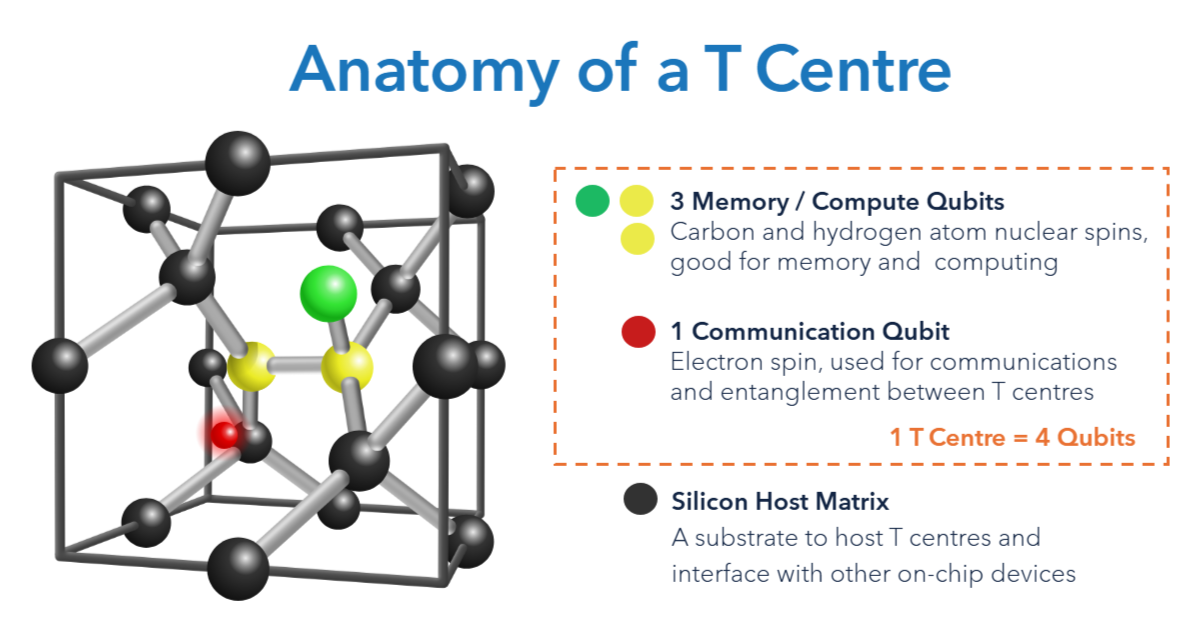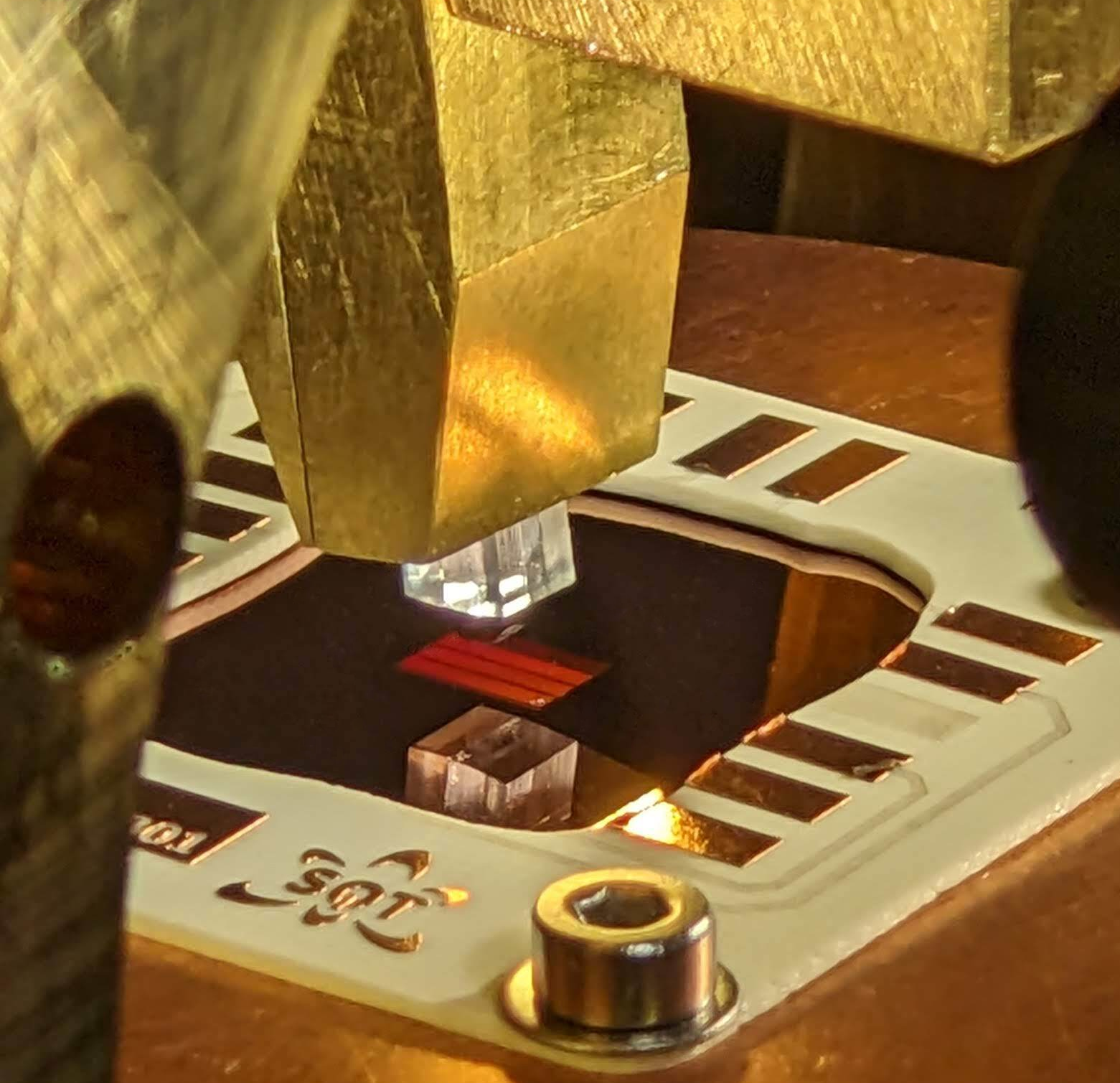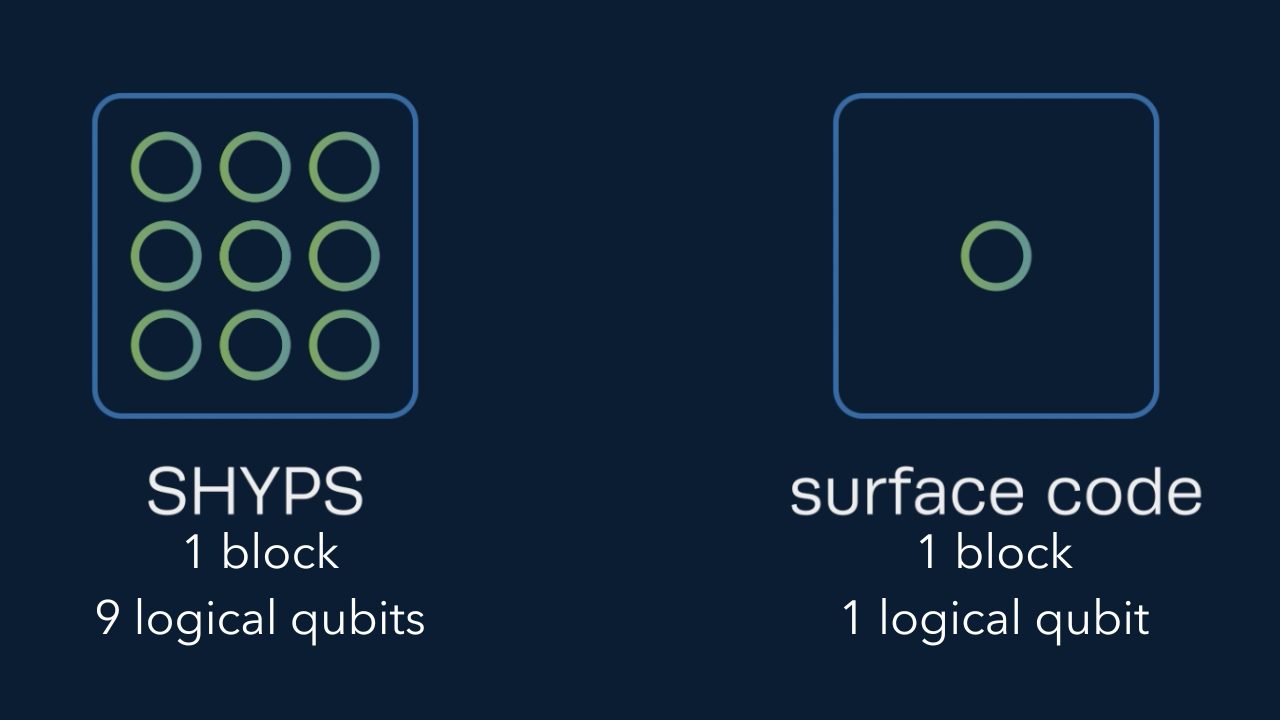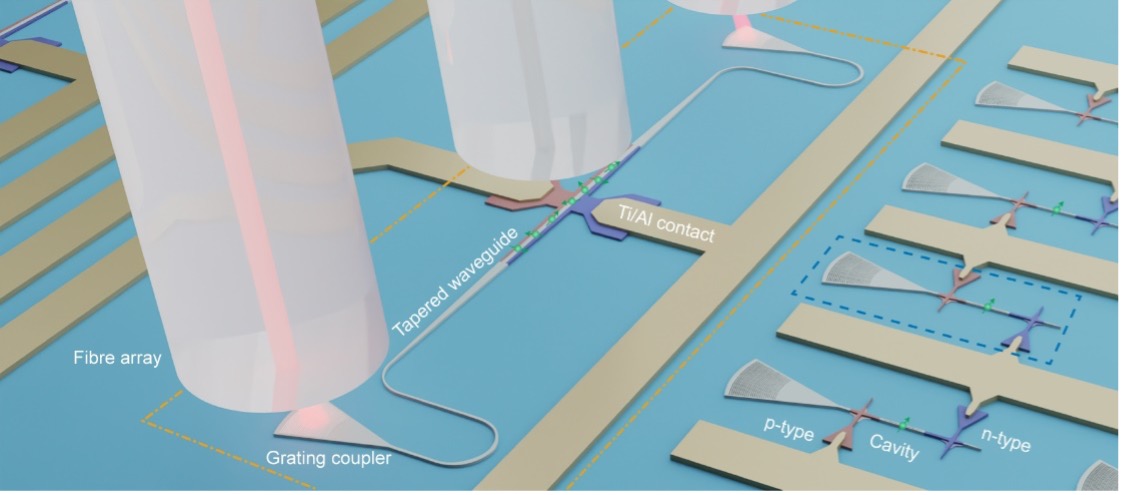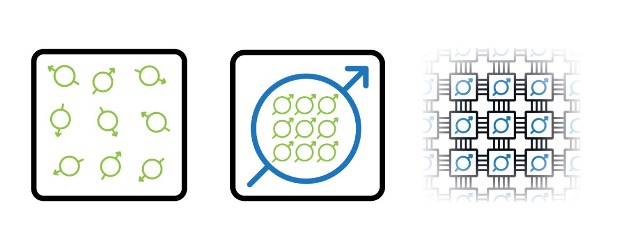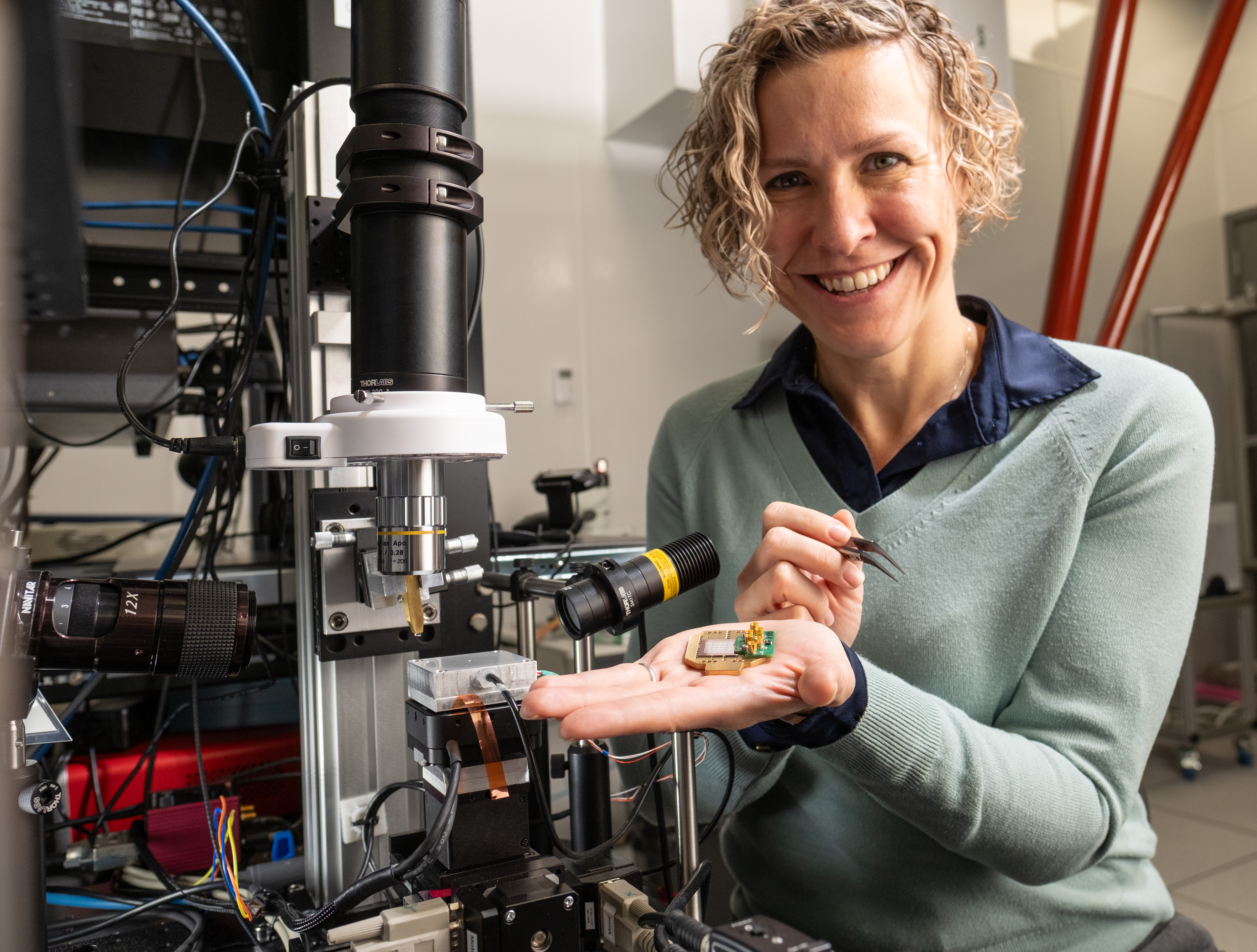Photonic is excited to announce the newly publicized results from our collaboration with research partners at Simon Fraser University and Dartmouth College. Our research, Optical transition parameters of the silicon T centre, now published in APS Physical Review Applied, delves deep into the physics of T centres, our chosen qubit technology. T centres are a new qubit candidate. They are complicated systems and many of their optical properties have not previously been determined. The precise control of T centres for distributed entanglement requires an advanced understanding of their physical properties. This paper establishes the fundamental spectroscopic properties that will be required to operate T centres for quantum computing.
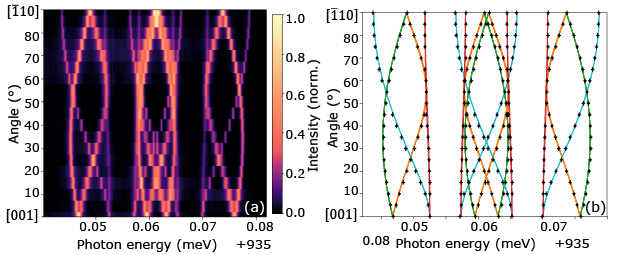
Left: Two-laser PLE spectra TX0 as a function of magnetic field angle for B = 109.9 mT. Right: Peak positions of optical transitions from the PLE data (left) (crosses) and the fitted Hamiltonian model.
Quantum computing uses qubits, which are extremely sensitive to environmental fluctuations. The intricacies of designing and engineering qubits are compounded by the need for precise control over these quantum systems. Our research significantly enhances the understanding of T centres’ physical structure and behavior, with findings solidifying their potential as qubits in scalable quantum systems.
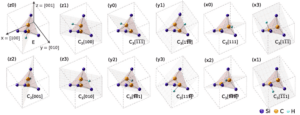
T centre atomic structure showing 12 orientations found from proper rotations.
Armed with these new insights into T centre dynamics, we tune T centre emission by applying a local electric field. This innovation opens the door to addressing one of the potential weaknesses of solid state emitters – that they are not generally spectrally identical. Distributed quantum computing relies on remote entanglement. Distributing entanglement through optical interference demands that two or more emitters produce photons that are nearly identical in every degree of freedom. Our demonstration of T centre tunability ensures that each qubit can be finely tuned to enforce consistency between T centres regardless of their locations in the device. The results include an analysis of how this tuning affects the behavior of T centres—a compelling proof-of-concept for leveraging T centres effectively.
We would like to acknowledge the contribution of all those involved in this research.


